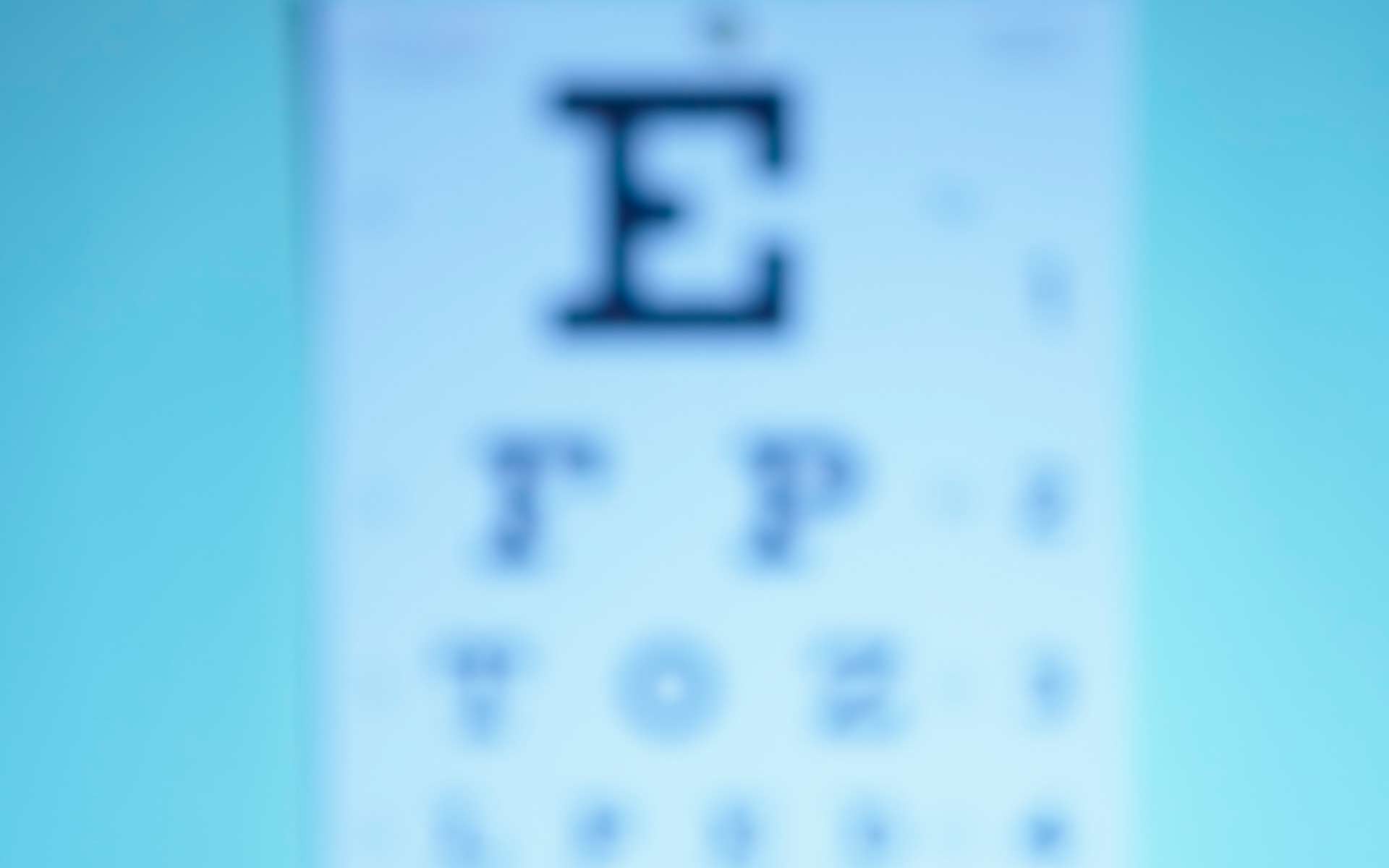Cataract surgery advances – The history of cataract surgery
Cataracts are the leading cause of blindness in the world, which unsurprisingly, makes cataract surgery one of the most frequently performed surgeries in the world.
the first recorded cataract surgery took place in 600 B.C. by Susruta of India
The technique used to cure cataract was called ‘couching’, which involved the surgeon inserting a long instrument into the limbus – the border between the cornea and the sclera (white part of the eye) and pushing the clouded lens further back into the eye’s vitreous cavity.
Although this type of surgery wouldn’t achieve perfect site again (without a lens to help focus the eye was left extremely long-sighted), it did allow patients to see with some clarity – enough to allow them to get around independently.
the couching technique is still used today by some traditional ‘healers’ in parts of Africa and China. Unsurprisingly, this style of surgery has a high chance of causing patients to go blind
In the 10th century, an Egyptian surgeon by the name of Ammar Ibn Ali came up with the new concept of extracting cataract instead of pushing them in. Ammar invented a hollow tube to perform the extraction, which he orally sucked to remove clouded lenses. This technique would not work on more severe levels of cataract, therefore ‘couching’ remained the preferred choice of cataract surgery.
In 1747, French ophthalmologist Jacques Daviel performed the first extracapsular cataract extraction, whereby a large incision was made in the cornea to enable him to cut in to the area that surrounds the lens called ‘anterior capsule’. From here, he was able to remove the lens. This style of surgery often didn’t remove the lens fully, with the cortex part usually remaining. As a result, complications such as glaucoma were common. This technique was adapted in 1753 by a surgeon called Samuel Sharp, who became the first person to successfully perform ICCE – intracapsular cataract extraction. He used pressure from his thumb to negotiate the lens out.
In 1957, surgeon Joaquin Barraquer used a digestive enzyme called ‘α-chymotrypsin’ to break down the parts of the eye that keep the lens in place called zonule fibres. This helped Joaquin to remove the lens more easily. This technique had many complications, including glaucoma.
In 1961, cryoprobes (a probe that freeze cools the objects it touches) were used in cataract surgery by Tadeusz Krwawicz. Using a cryoprobe lessened the risk of ruptures, which lead to glaucoma. This method of cataract removal was very successful compared to all previous methods, however there was still a 5% chance of patients going blind from it.
Harold RIdley, a London consultant ophthalmologist, was to change how the world performed cataract surgery when he pioneered the use of intraocular lenses in 1949
During World War II, Ridley observed splinters of acrylic plastic from damaged cockpit canopies which had become embedded within the eyes of pilots and navigators failed to elicit the expected inflammatory rejection as occurred with glass splinters.
He had the idea to use artificial Perspex lens implants placed inside the eye to treat cataract. This would prevent the patient being left long-sighted. He had a lens manufactured by the Raynor company (still a leading implant manufacturer) and used it for a cataract operation on 29 November 1949 at St Thomas’ Hospital.
Ridley’s breakthrough innovation was met with great opposition, even ridicule, from the British medical establishment. It would take 3 decades before the implantation of intraocular lenses (IOLs) became the standard procedure for treating cataracts
The introduction of phacoemulsification (high frequency ultrasound) in 1967 has significantly improved the safety of cataract extraction, though it would take until the 1990s before being widely adopted. The ultrasound breaks up the clouded lens, allowing for smaller incisions to be made to the cornea. This technique is still the most used method for cataract surgeries around the world.
IOLs have now been successfully implanted in several hundred million people. Modern implants are made from a soft foldable synthetic material that is inserted into the eye in place of the removed clouded lens. They can be placed through a tiny keyhole incision without the need for sutures.
These lenses enable patients to see much better than patients who had just had their lenses removed. Patients prior to the IOLs would require thick glasses or special contact lenses to help them see. With standard monofocal IOLs, as used in the NHS, patients would only need glasses to read or focus on near objects.
in recent years, premium IOLs have been designed which help deliver greater eyesight at any range, helping eradicate the need for reading glasses after surgery
These premium multifocal lenses are only available to patients who choose to pay for surgery privately and are not currently available to NHS patients.
Different premium IOL designs are available, for example bifocal, trifocal and extended depth of focus lenses. The choice of lens used is tailored to the individual patient and their visual needs.
To learn more about cataract surgery, lens replacement surgery or premium multifocal implants, call Focus Clinic on 0207 307 8250.
Not Sure Which Treatment Is Right For You?
We offer a number of vision correction treatments at our London Clinic.
We can give you a good idea of your suitability over the phone and schedule you for an initial consultation.

